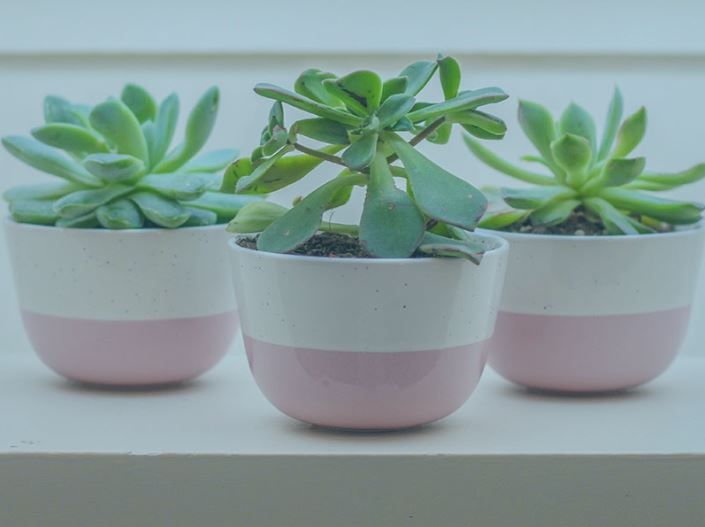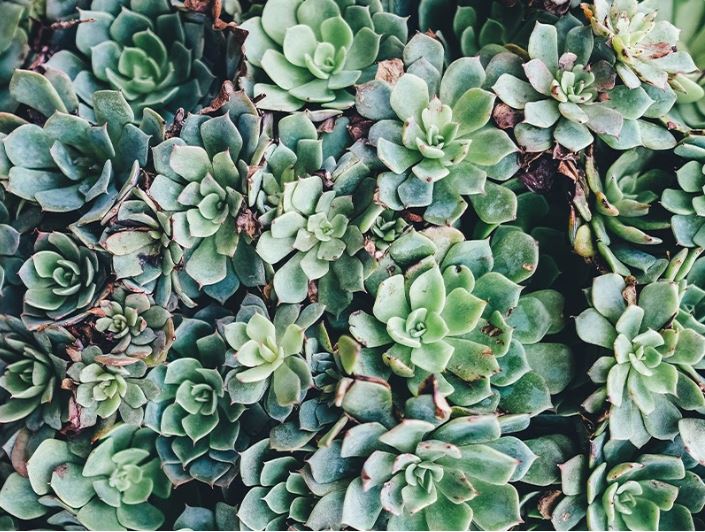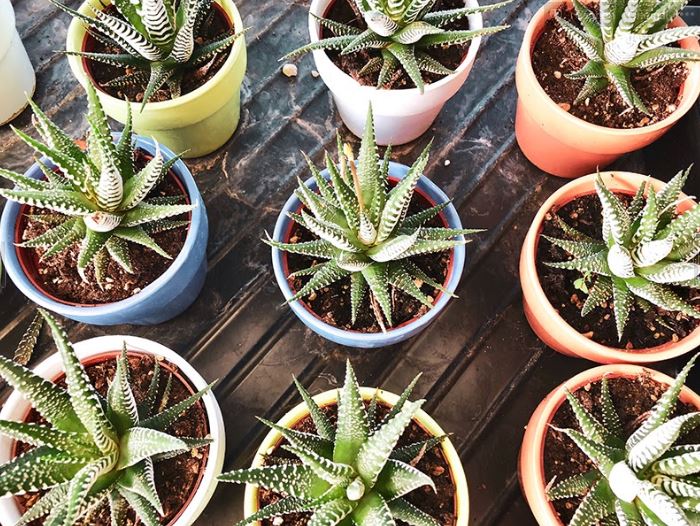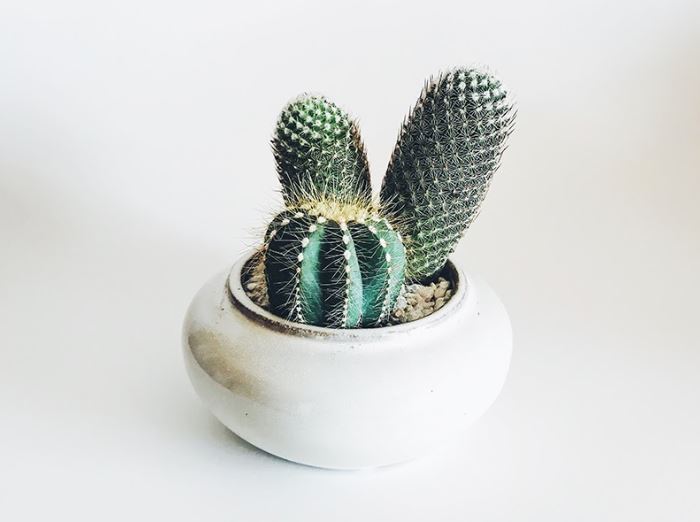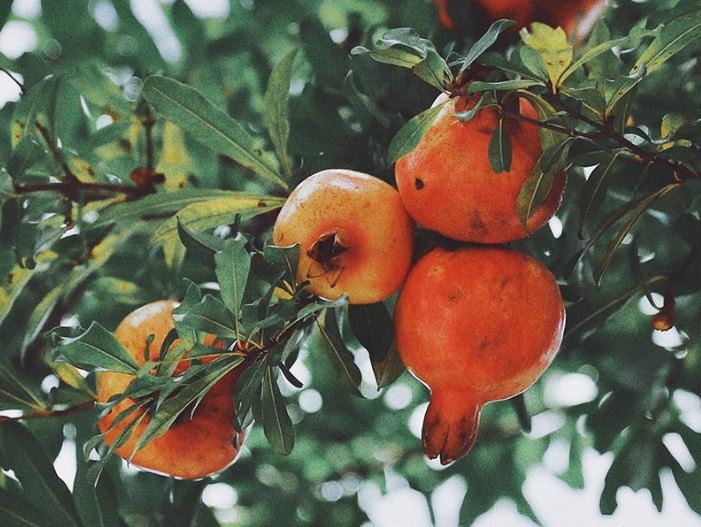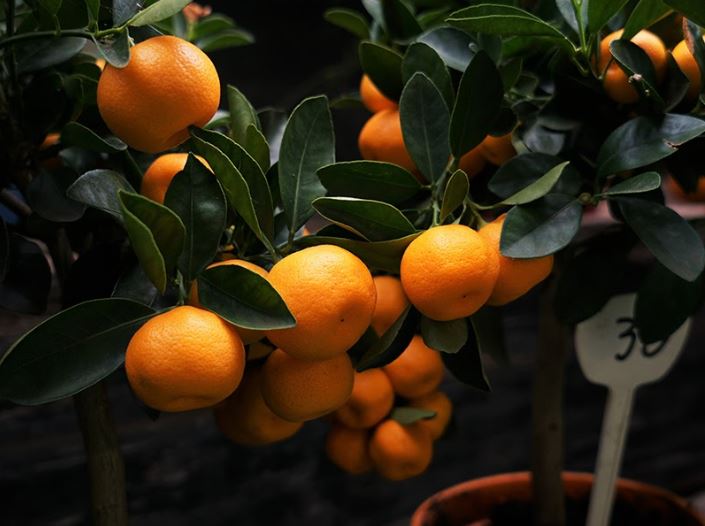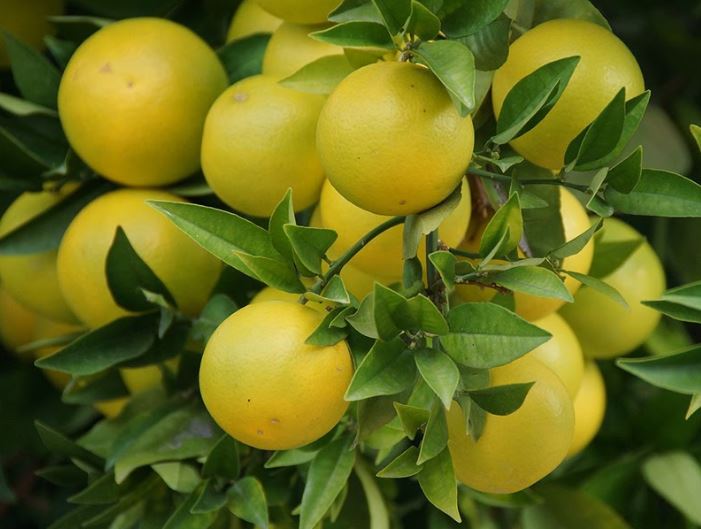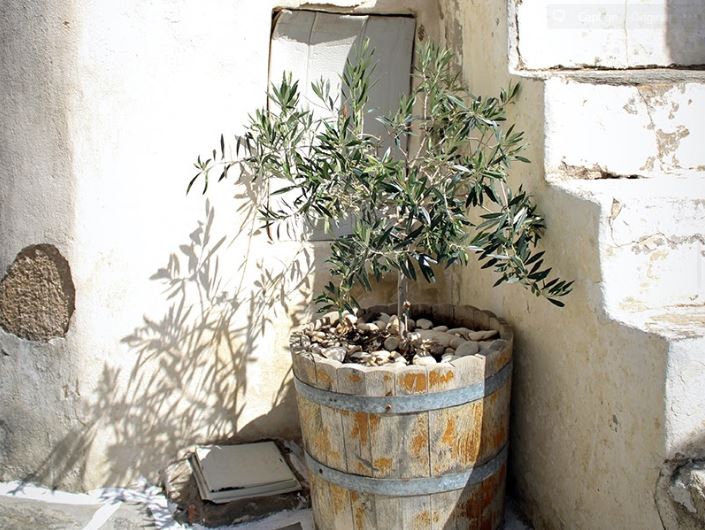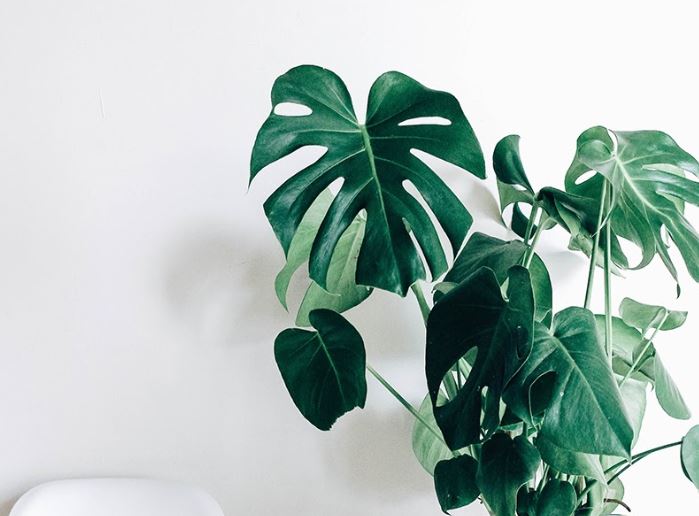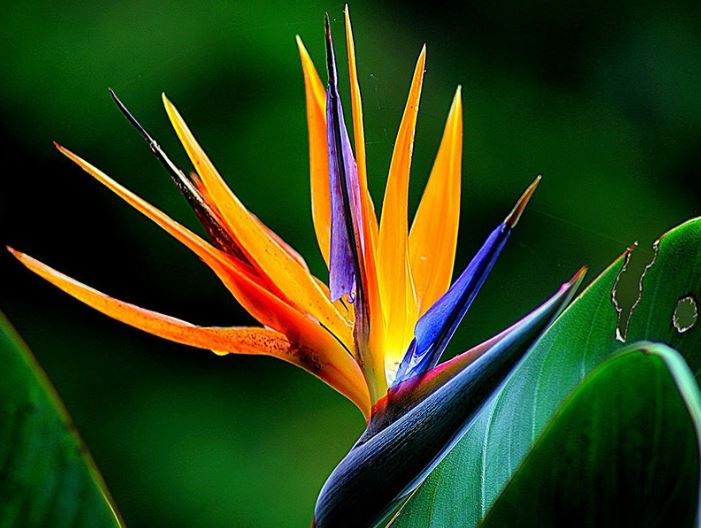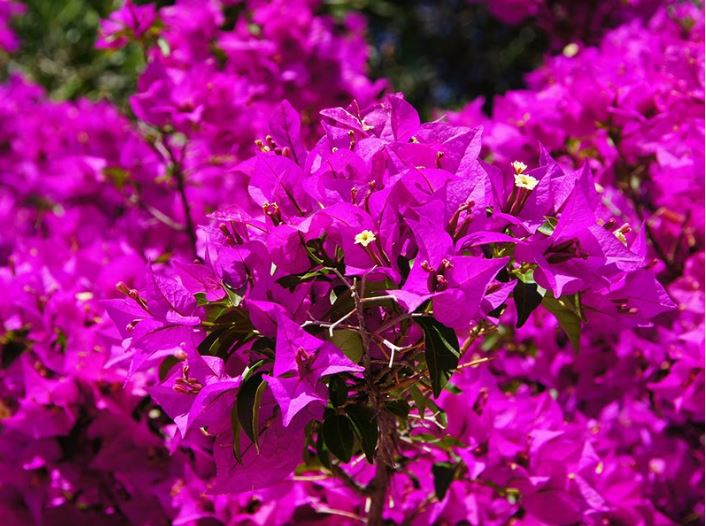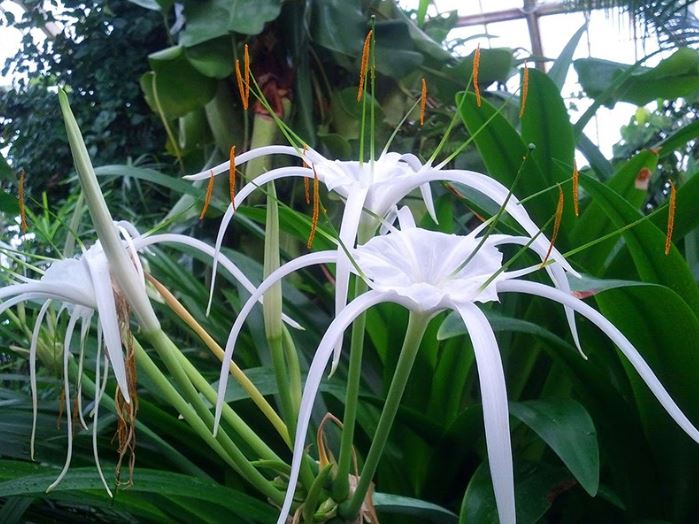Conservatories were conceived of in the 16th century as a way for wealthy homeowners to flaunt their success by cultivating sought-after citrus fruits. In modern times, conservatories are seen as a bridge between home and garden, a way to extend the summer months and make the most of bright days. However, the two need not be mutually exclusive. In this article we’ll be looking at the best plants for conservatories and the peak conditions to ensure they flourish.
Succulents and cacti
For those without a green-fingered bone in their hand, low-effort foliage such as succulents and cacti are a great choice for sunrooms.
Jade plant
The ‘lucky’ jade plant is a hardy, long-lasting beginner plant. It needs full sun to live its best leaf life, so give it a sunny spot in your conservatory and you’re already ahead. The jade plant needs careful watering to ensure its leaves don’t develop dry spots. Water when the top of the soil is just dry to the touch, and enrich water with a little water-soluble fertilizer once or twice a year. When repotting, don’t water straight away but wait 5-7 days to allow the roots time to recover.
Echeveria elegans
Hailing from Texas and Central America, the echeveria loves the recreated desert environment of full sun and infrequent waterings. Let its soil dry out between waterings to prevent root rot, and bring inside for the coldest winter months.
Aloe vera
Hailing from Texas and Central America, the echeveria loves the recreated desert environment of full sun and infrequent waterings. Let its soil dry out between waterings to prevent root rot, and bring inside for the coldest winter months.
Desert cacti (assorted)
Known as the king of easy botanicals, cacti were evolved to thrive in some of the toughest habitats on earth, so your conservatory should be a cinch. In summer when the cactus is growing, water whenever the soil runs dry. Your cactus should be able to stay in the conservatory all year round, particularly if you have heating or warmth-trapping thermal blinds.
Trees
Take a tip from the conservatories of yore and use your hotroom to grow tropical fruits. While it’s not exactly a thrifty way to get your five a day, fruit trees are an interesting talking point, a fascination-piece for children and generally bear beautiful blossoms.
Pomegranate tree
Pomegranates have a reputation as the easiest fruit to grow indoors, and a certain cache as an exotic aphrodisiac. They are the original sunseekers so seat them a prime sun spot, preferably within a terracotta pot. Keep their soil moist through summer, although this is necessary in winter when they can endure short periods of drought. For smaller spaces, choose a dwarf pomegranate which will stop growing around 4 foot.
Orange tree
Using conservatories to grow oranges was once so popular that the room evolved into an orangery, specifically for the cultivation of citrus fruits. An intermediate’s plant, orange trees require a lot of nutrients and should be potted in special citrus fertiliser. They can be placed outside during the May-September summer months, while in winter if your conservatory is unheated it’s advisable to wrap the plant in horticultural fleece to protect it from frosts. Their soil should be kept damp, and may require multiple waterings per day in summer.
Grapefruit tree
As part of the same citrus family, grapefruits have similar habits and requirements to orange trees, though they are a little less cold-tolerant. To cater for this, plant them in easy-to-move pots so you can move them indoors when the weather threatens to dip under 5°C.
Olive tree
Olive trees are sun-loving plants which do well in conservatories. Hardy, slow-growing and drought-tolerant, they are a fairly low-maintenance choice that requires infrequent repotting. Water infrequently through summer and never let the roots sit in damp. As olives are pollinated by wind, for an olive crop move them outside when they start to flower. Olives start to flower after 3-5 years.
Exotic flowers
Conservatories usually have minimal furniture, leaving plenty of space for big and bright plants. Tropical styles and delicate perennials can complement your sunroom with botanical cheer.
Monstera
Monstera, or ‘swiss cheese’ plants are one of the most popular houseplants around right now, and the good news is they’re also suitable for your conservatory, albeit in a semi-shaded space. Like most foliage-only plants it’s helpfully hardy, needing only a watering when the soil runs dry, and ideally a monthly feeding. Pet owners beware - the monstera can be toxic for dogs and cats.
Bird of paradise
Strelitzia, or the bird of paradise, is the sunroom-enriching stuff of dreams for those with a heated conservatory and the dedication to care for them. Humidity is important for this colourful flower, and they need constant moisture, plus regular feeding during the summer months. They can be placed outside from May-September, but bring them in at the first sign of cold.
Bougainvillea
Conservatory classic bougainvillea is known for its prolific flowering and vibrant colour profile. Award these climbers a sunny position in your conservatory and give them a trellis or cane to climb. Feed weekly during summer months, and make sure humidity and watering frequency increases as well. Poorly watered plants will lack the vibrancy the bougainvillea is known for.
Hymenocallis
The captivatingly alien hymenocallis (or spider lily) features a central cup surrounded by starburst slender tendrils, and a heavy vanilla scent. Despite their exotic looks it’s easy to grow, requiring either a sunny or semi-shaded position and any rich potting soil. Protect from frosts and keep moist throughout summer.
Get summer sorted
If you're looking to sort your home for summer, we're on hand to help. Browse our conservatory blinds and enter your window measurements on the site for an instant quote. Any problems, and our Customer Loyalty Team is here for you. Message them on Live Chat, call 0117 457 4242, or email [email protected] to get in touch.


